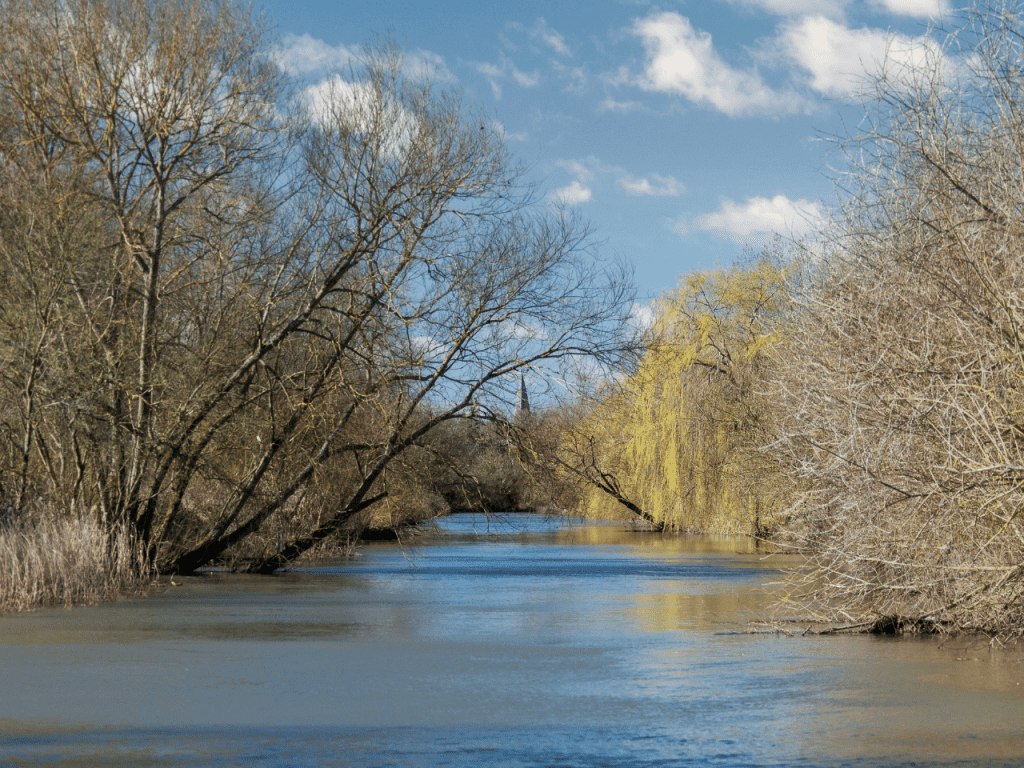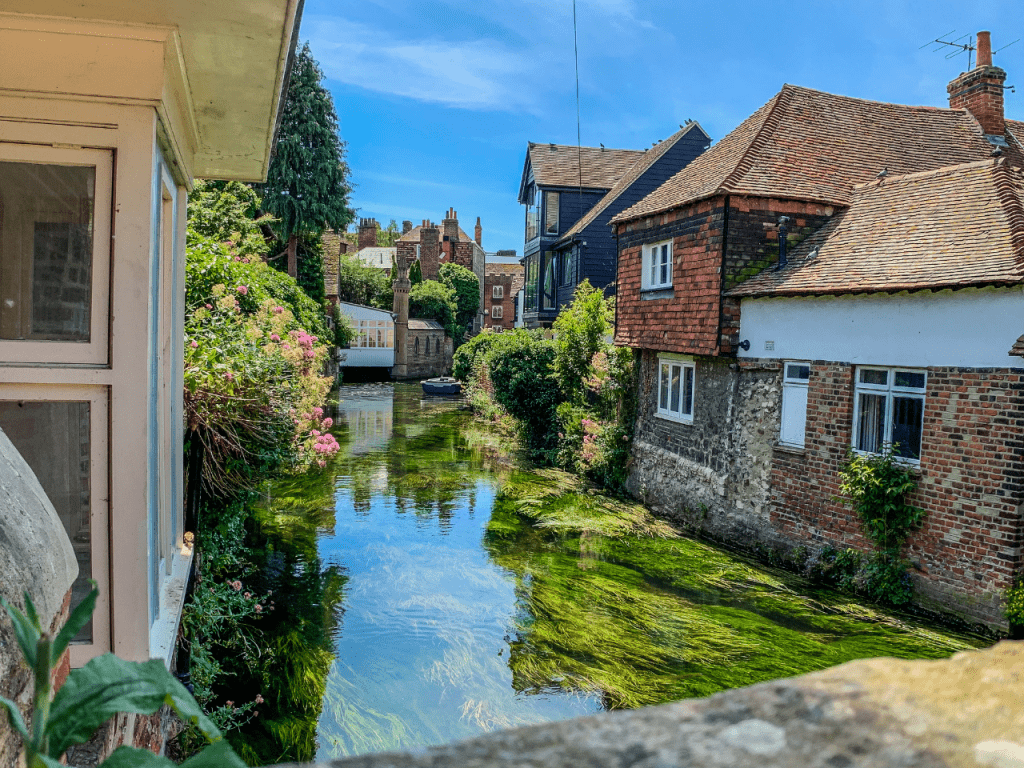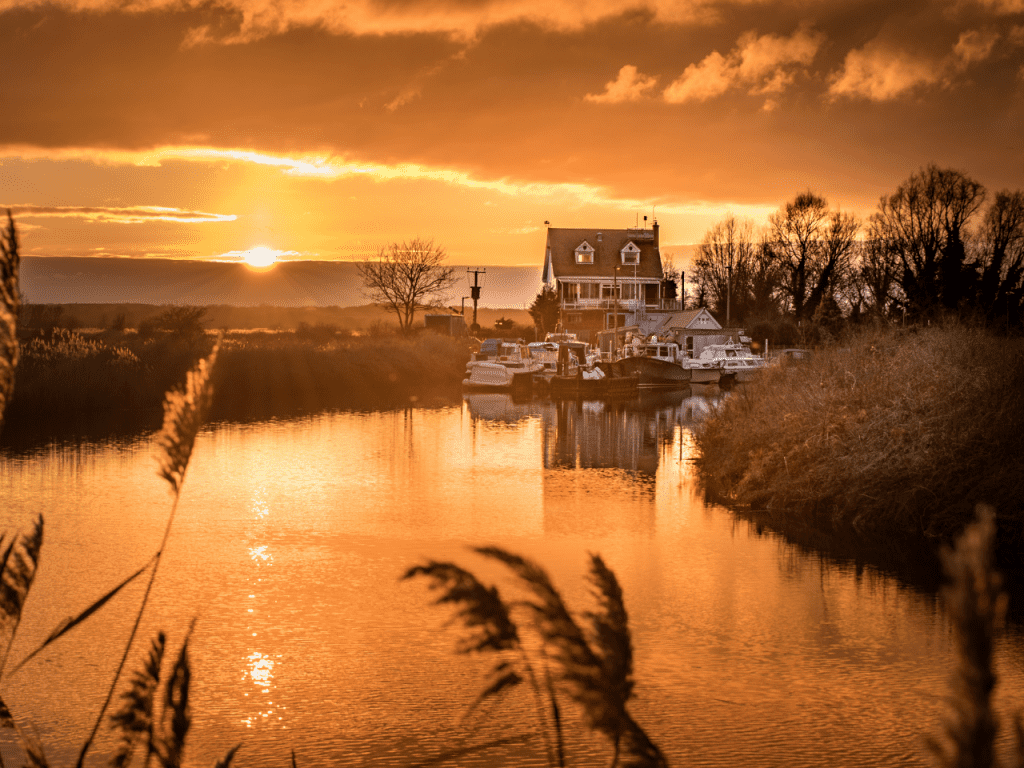Kentish Stour
One of England's most historic rivers, connecting Canterbury to mainland Europe in Roman and Medieval times.

About the river
Pronounced ‘Stow-er’ or ‘Stoor’, the Kentish Stour rises from the Greensand Ridge before making its way through Ashford and changing direction to travel over the North Downs towards the historic city of Canterbury. Here, the river becomes tidal. Stodmarsh National Nature Reserve is a reminder of the marshy nature this area would have had in the past. It meets the sea in Pegwell Bay, another nature reserve near Sandwich.
There are few tributaries along its length. The East Stour, the Little Stour and Nailbourne, and the Sarre Penn are the most notable ones. The Nailbourne is a chalk stream and so-called ‘winterbourne’, only running when chalk groundwater is high enough to feed its source at Lyminge.
The South East Rivers Trust co-hosts the Catchment Partnership with the Kentish Stour Countryside Partnership.
What makes it special?
Like many rivers, the Stour has borne witness to much of England’s history, connecting Canterbury with continental Europe since Roman times. Reminders of its not-so-distant industrial past such as water mills – for the paper, flour and energy industries – line the Stour and its tributaries.
Its importance for humans has meant changes to its landscape, particularly draining the marshlands in the coastal area. Still, Stodmarsh National Nature Reserve is an internationally important wetland area with the largest reed bed in the South East, making it a fantastic place for bird watching.
Not only that, but the Little Stour and Nailbourne form part of one of the UK’s rarest ecosystems: chalk streams. Fed by chalk-filtered water, these rivers are renowned for their clean waters and unique species including brown trout and mayfly.


